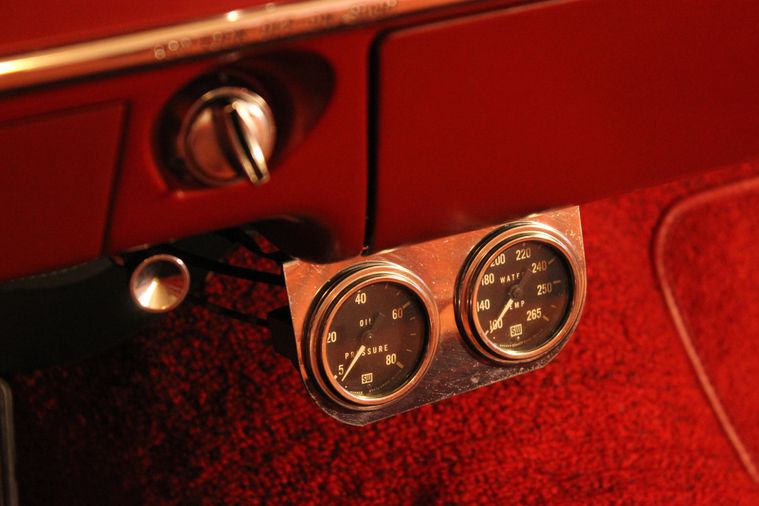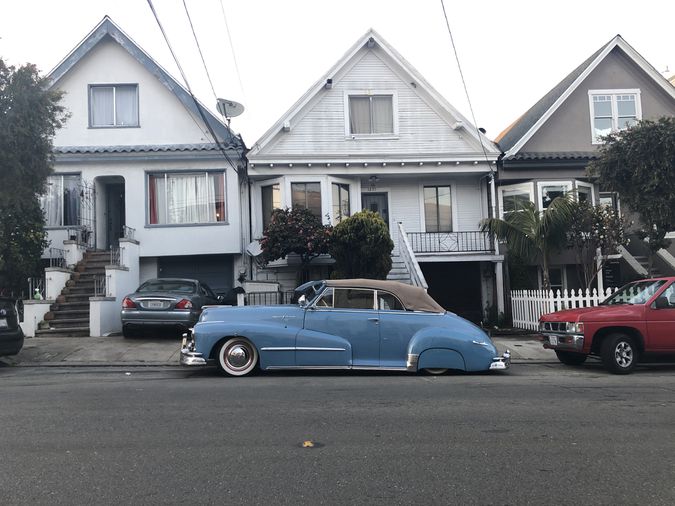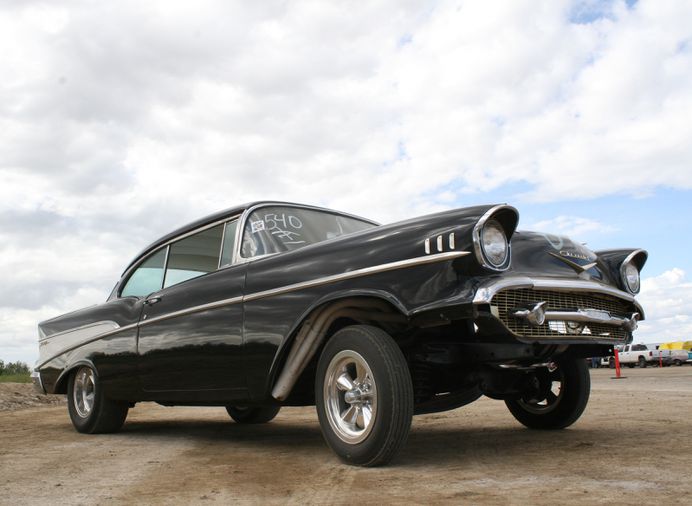By the Sixties, drag racing had evolved from simply what happened when the other guy in town got a car, to an organized sport and then, finally, to an entire self-actualized subculture of the American Experience. Whereas other forms of motorsports were perpetually stuck in their own silos, influencing their hardcore enthusiast audiences, drag racing was crossing over into popular culture. What was it about a quarter-mile burp in a straight line that appealed to so many, across seemingly disparate demographics? Maybe it was all the noise and pageantry. Maybe it was the wild colors and even crazier machinery. Maybe it was all that horsepower and technology pushed to its outer limits over such a short stretch of track. Then again, maybe the answer was no more complicated than just the fact that spectators could drink in the entire beginning, middle and end of a race in less than twenty seconds and by nothing more than a single sweep of the head from one side to the other. By the mid-Sixties, drag racing was the subject, if not just the backdrop, for music, movies, literature, fashion, leisure-time activities and even the toy industry. Drag racing technology was even being embraced by the automotive industry at the showroom level, which was the final nod of legitimacy it needed to become officially embedded.

The aesthetics of drag racing was being embraced just as quickly as the sport. Reducing the curb weight of stock cars by pulling off bumpers, replacing heavy steel wheels with lighter aluminum spoke wheels and using two-door models instead of 4-doors became an aspirational look. Raising the front of the car and using a lighter straight axle from Thirties-era cars in the interest of transferring weight to the rear drive wheels upon launch at the starting line became a popular aesthetic and stance for street-driven cars. Fenderwell headers and muffler-free exhaust pipes were ways to get exhaust gasses away from the engine as quickly as possible, but their signature look was quickly adopted by teenagers and thrill-seekers alike. Giant rear tires and skinny frontrunners – and the forward, raked stance they demanded – was a combination that allowed more traction at the drive wheels and less friction from the other end of the car. And that classic look was soon being seen on cruise nights and in parking lots across the land. If there was a trick to reducing weight, gaining power and traveling across 1,320 feet from a dead-stop as quickly as possible, the resulting look of drag racing was embraced by anyone with a car and the desire to be something more than stock.

The sport of drag racing demanded all your motor, all your oil, your tire, fuel and concentration. But the lifestyle of the drags at least demanded a car that sounded and looked as good as it performed on the street or at the cruise. And by the Sixties, there were enough product catalogs and speed shops to feed that growing beast. An essential element of any street-driven, dragster-influenced custom car was a reliable and high-quality set of gauges. From the factory, most in-dash gauges were adequate for daily commuting or even the Sunday drive, but they were never designed for higher degrees of accuracy. At the very least, an “idiot light” was nothing more than a reminder that something had already gone wrong and the next best idea was to pull off the road as quickly as possible and not dare test fate.
It was during these halcyon days of drag racing-influenced car culture that the legendary Green Line gauge set was developed by Stewart-Warner. Complementing the classic red needle on a black field with a sweep of green across the graduated face, nothing says “Sixties Performance” like a full set of Green Lines. And the classic look of these gauges lined up under the dash in a chromed cluster panel was born of necessity: accurate fluid temperature, oil pressure, volts output and other vitals just couldn’t be delivered in any other way.
The demand for Green Lines hasn’t subsided in the six decades since their release. And we’ve not only recognized the undying love affair with these performance gauges, but have stepped up and developed the next generation: the classic Green Line available as a fresh-off-the-shelf collection of gauges. From tachometer to water temp and every speedo and voltmeter in between, you can now boast a brand-new set of Green Lines under the dash of your classic Sixties and Seventies performance machines.


